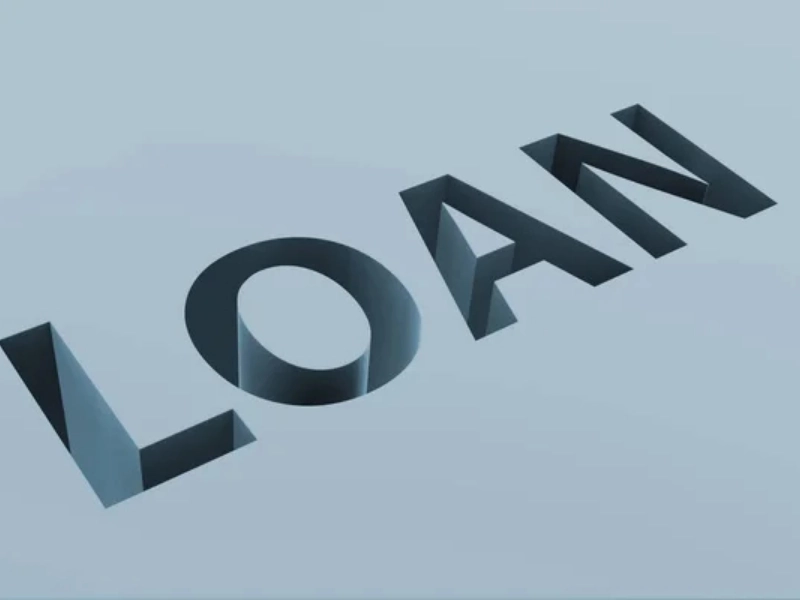Student Loans: Astute Funding Options for Postsecondary Education
Parents and students can borrow money for higher education through student loans, which have interest attached to them. Find out more about the different kinds of loans that are available, their lifetime and annual limits, and debt reduction strategies. Before exploring loan choices, families should think about using savings and other sources of funding. Adjusting the interest rate on a loan or the eligibility for a Pell Grant can alter incentives, but they cannot reverse the cost curve.
Loans with and without subsidies

Health Professional Graduate Loans
 There are special choices available to health professionals for loan repayment. Scholarships provide funds that you are not required to pay back, loans provide cash that you are required to repay, and loan forgiveness programs compensate borrowers for agreeing to work in underprivileged areas following graduation.
Students pursuing degrees in medicine, dentistry, veterinary medicine, and other health professions can apply for these government-sponsored loans. To learn more about the application process, visit the website of your specific school or give the financial assistance office a call. All graduate nursing students and some dental and veterinary students are eligible for the University of Pennsylvania's Health Professions Student Loan program. The outcomes of the typical student financial assistance application and the loan cap regulations of your school will determine your eligibility for this loan.
With an attractive interest rate of 5%, this loan is more affordable than graduate PLUS loans and unsubsidized direct loans for students pursuing graduate degrees. Until you finish your residency training program, which may take up to four years after earning your degree, repayment is postponed.
There are special choices available to health professionals for loan repayment. Scholarships provide funds that you are not required to pay back, loans provide cash that you are required to repay, and loan forgiveness programs compensate borrowers for agreeing to work in underprivileged areas following graduation.
Students pursuing degrees in medicine, dentistry, veterinary medicine, and other health professions can apply for these government-sponsored loans. To learn more about the application process, visit the website of your specific school or give the financial assistance office a call. All graduate nursing students and some dental and veterinary students are eligible for the University of Pennsylvania's Health Professions Student Loan program. The outcomes of the typical student financial assistance application and the loan cap regulations of your school will determine your eligibility for this loan.
With an attractive interest rate of 5%, this loan is more affordable than graduate PLUS loans and unsubsidized direct loans for students pursuing graduate degrees. Until you finish your residency training program, which may take up to four years after earning your degree, repayment is postponed.
Graduate student loans in law
 Federal Direct Unsubsidized and PLUS loans are frequently used by law students to pay for their books, supplies, living expenses, and tuition. To aid with other expenses, they can also take advantage of private student loan schemes.
Numerous lenders let you prequalify online and view potential interest rate estimates without requiring a credit check. If you haven't yet established an income and are still enrolled in school, this can be quite beneficial.
Law students have the option of selecting from a variety of repayment programs, such as those based on income, partial interest payment, deferment, or forbearance, and can borrow up to their school-certified cost of attendance less all other financial help. After graduation, they can also be eligible for various repayment aid programs, like Public Service Loan Forgiveness.
Federal Direct Unsubsidized and PLUS loans are frequently used by law students to pay for their books, supplies, living expenses, and tuition. To aid with other expenses, they can also take advantage of private student loan schemes.
Numerous lenders let you prequalify online and view potential interest rate estimates without requiring a credit check. If you haven't yet established an income and are still enrolled in school, this can be quite beneficial.
Law students have the option of selecting from a variety of repayment programs, such as those based on income, partial interest payment, deferment, or forbearance, and can borrow up to their school-certified cost of attendance less all other financial help. After graduation, they can also be eligible for various repayment aid programs, like Public Service Loan Forgiveness.
Loans for Higher Education
 It is vital for students to take into account other choices, such as grants, scholarships, savings accounts, and work-study programs, as student loans are not necessary to pay for all of their educational costs. However, borrowing is frequently required if these sources are insufficient to pay expenses.
Because federal student loans usually have more advantageous terms, such as flexible repayment and deferral choices and debt ceilings, NerdWallet advises looking into these options first. Conversely, private student loans frequently have higher interest rates and don't typically have borrowing restrictions.
Undergraduate students can apply for four different forms of federal student loans: direct unsubsidized loans, direct PLUS loans, direct parent PLUS loans, and direct subsidized loans (offered to those in financial need). The best interest rates on these loans are available to students who have good credit and a stable income. Students may borrow up to the amount of other aid they have received, less their attendance costs.
It is vital for students to take into account other choices, such as grants, scholarships, savings accounts, and work-study programs, as student loans are not necessary to pay for all of their educational costs. However, borrowing is frequently required if these sources are insufficient to pay expenses.
Because federal student loans usually have more advantageous terms, such as flexible repayment and deferral choices and debt ceilings, NerdWallet advises looking into these options first. Conversely, private student loans frequently have higher interest rates and don't typically have borrowing restrictions.
Undergraduate students can apply for four different forms of federal student loans: direct unsubsidized loans, direct PLUS loans, direct parent PLUS loans, and direct subsidized loans (offered to those in financial need). The best interest rates on these loans are available to students who have good credit and a stable income. Students may borrow up to the amount of other aid they have received, less their attendance costs.









